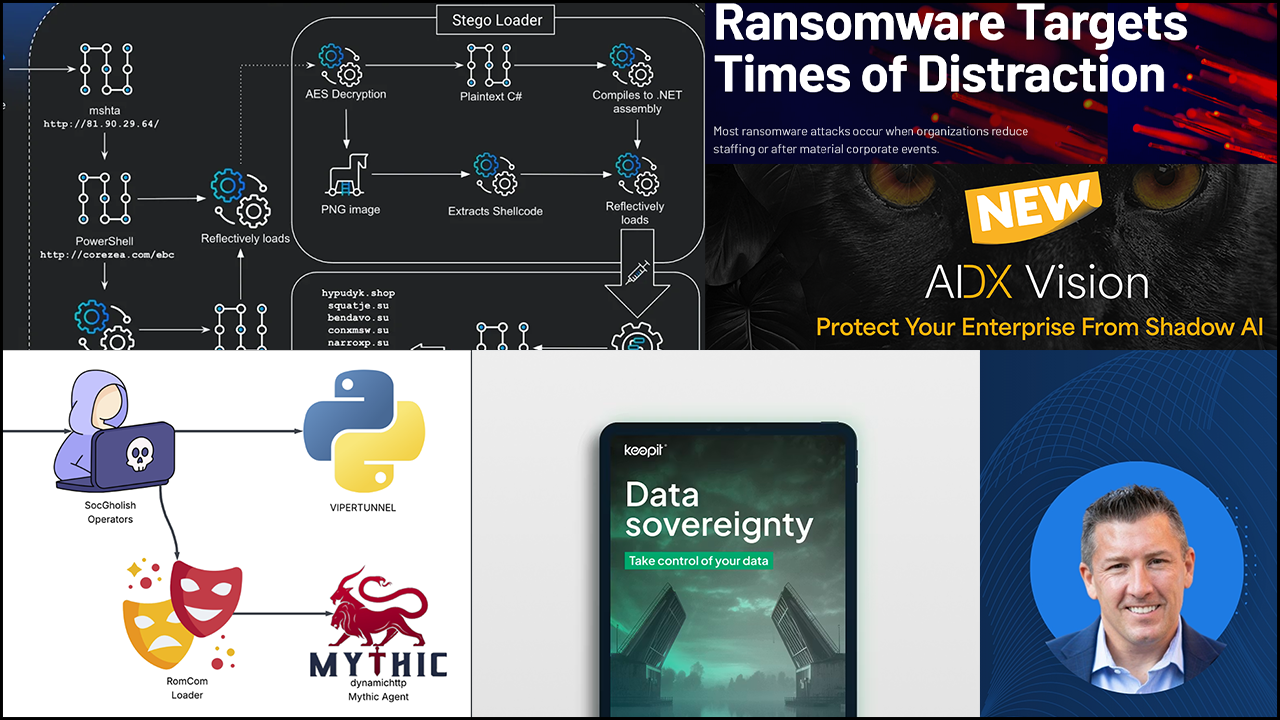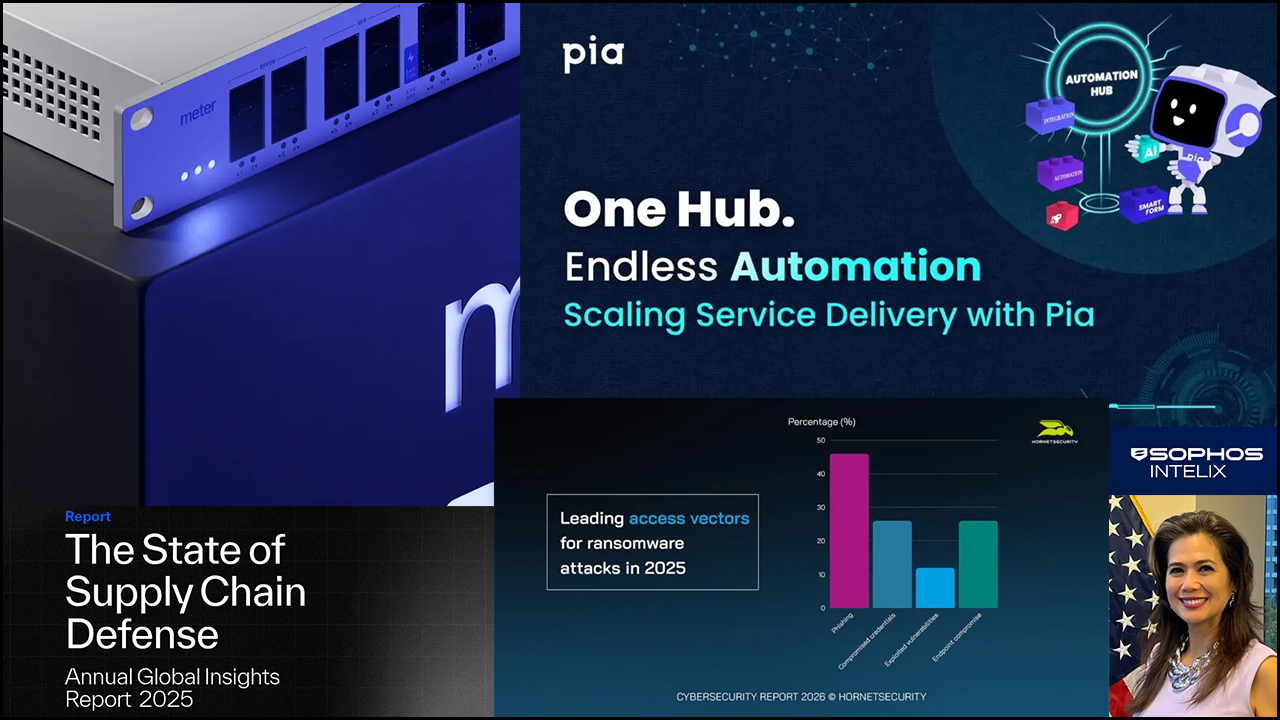COVID-19—and the resulting economic uncertainty—has presented a number of new business challenges to systems integrators, VARs, and distributors. Many are now wrestling with questions about how to support existing customers remotely while finding ways to provide value and preserve or even grow revenue. As conveyed by one channel partner, the sudden impact of COVID-19 was the equivalent of their business “”getting hit by a 2×4 without warning.”” Two quarters later, channel teams and their customers have a much better gauge of how their business can continue to adapt and are now assessing their next steps, which opens the door for SIs and distributors to deliver technology wins for customers.
One way channel teams are seeing success and delivering wins is by focusing efforts on their top customers—those that have historically represented their largest revenue streams and where they have the longest-standing relationships. By understanding the specific COVID-related business challenges those customers face, channel teams can recommend the right technologies and solution strategies to help strategic customers develop business resilience. Perhaps the greater opportunity in doing so is to create value that extends beyond COVID and further entrenches those business relationships.
Modern edge computing presents an opportunity for channel teams to do just that—to help customers solve current operational challenges imposed by COVID while positioning their businesses for long-term success. Edge computing is a distributed compute architecture that is now a critical foundation for modernizing manufacturing plants, assets, and infrastructure for better management, insight, and efficiency. Edge computing collects valuable data at the furthest point, the “”edge,”” and eliminates the need to send it to a centralized location and enables processing and computing directly at the source.
The Right Technology at the Right Time
Edge computing has been trending for the past few years, and in the current operating climate, it is perhaps even more so the right technology at the right time. It is particularly interesting for channel partners because of its broad application across use cases in manufacturing (discrete, process, and batch), building management and automation, utilities, and all forms of smart infrastructure.
Not only does edge computing help minimize bandwidth and latency issues and reduce data processing costs, but it delivers real benefits to the business itself. For example, edge computing significantly reduces equipment and device downtime that can impact production, customer satisfaction, regulatory compliance, or revenue. It also provides the real-time visibility companies need to maximize productivity, product quality, or quality of life.
Moreover, edge computing can help channel partners respond to COVID-19 challenges and drive long-term value for customers in three ways:
- Enable remote monitoring: Edge computing technology provides effective remote monitoring and visibility capabilities. By using hardware sensors and application performance monitoring, for instance, customers can enhance existing industrial monitoring tools and dashboards.
- Take advantage of predictive analytics: Edge-based technologies can collect valuable data to make better decisions and optimize equipment performance. For example, manufacturers can use predictive analytics to plan the ideal time to change parts on a machine, maximizing production and reducing trips into the field or plant floor. Similarly, energy producers can use industrial Internet of Things (IIoT) sensors to monitor field-based equipment and determine the right action to ensure operations are running at peak capacity.
- Promote touch-free management: While edge environments have always tended to be widely distributed, remote operations, with the addition of the COVID-19 crisis, have now made on-site employees even more of a rarity. Edge computing can provide zero-touch technology to manage assets and infrastructure. This includes entire servers and platforms that are self-monitoring and self-healing, so if problems do occur, they are resolved with minimal effort.
Deepen Customer Relationships with the Value of Edge Computing
Supporting existing business relationships and finding new customers during a global pandemic is not easy. Channel teams are facing a range of headwinds from spending freezes, employee cuts, loss of executive sponsorship, or all of the above. Yet by helping their customers understand the value of edge computing—and demonstrating how it can improve their business in such challenging times—channel teams can successfully generate revenue strategies to help them now, in the new normal, and beyond.
JASON DIETRICH is chief revenue officer at Stratus Technologies, a provider of simplified, protected, autonomous edge computing platforms.













